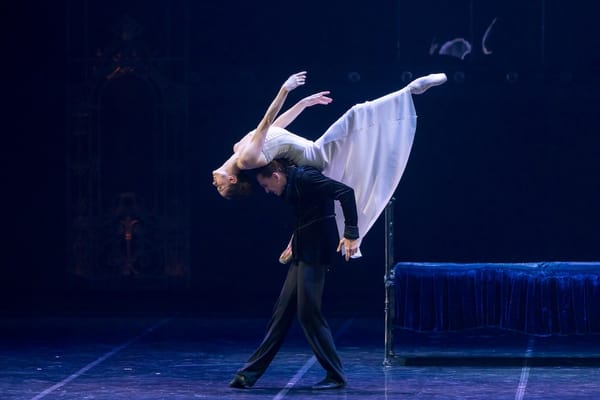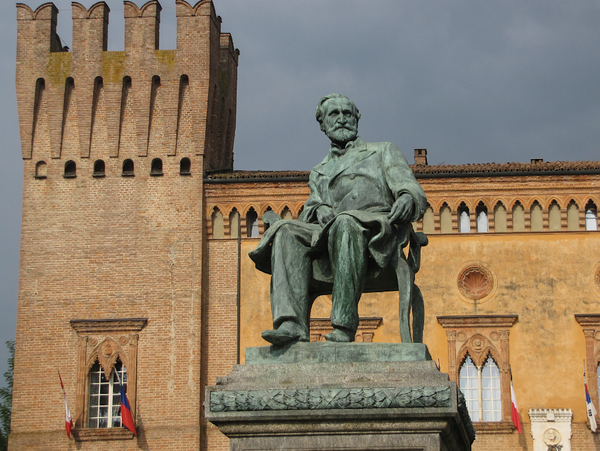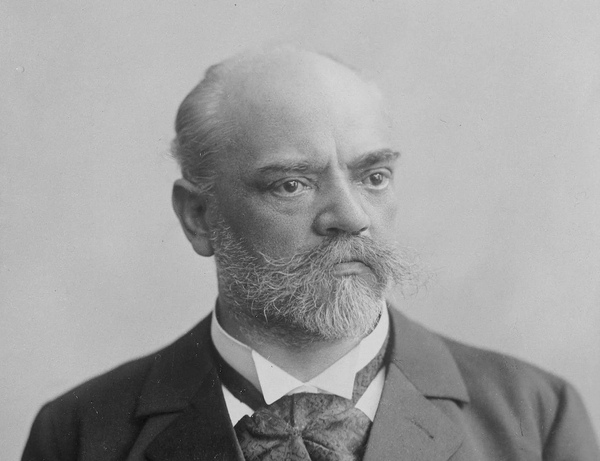Operatic Brilliance: Zubin Mehta Leads SOI in Carmen and La Traviata
Maestro Zubin Mehta conducted the Symphony Orchestra of India in a stirring evening of operatic excerpts from Carmen and La Traviata, showcasing powerful soloists, vibrant choirs, and the orchestra’s nuanced, expressive musicianship.
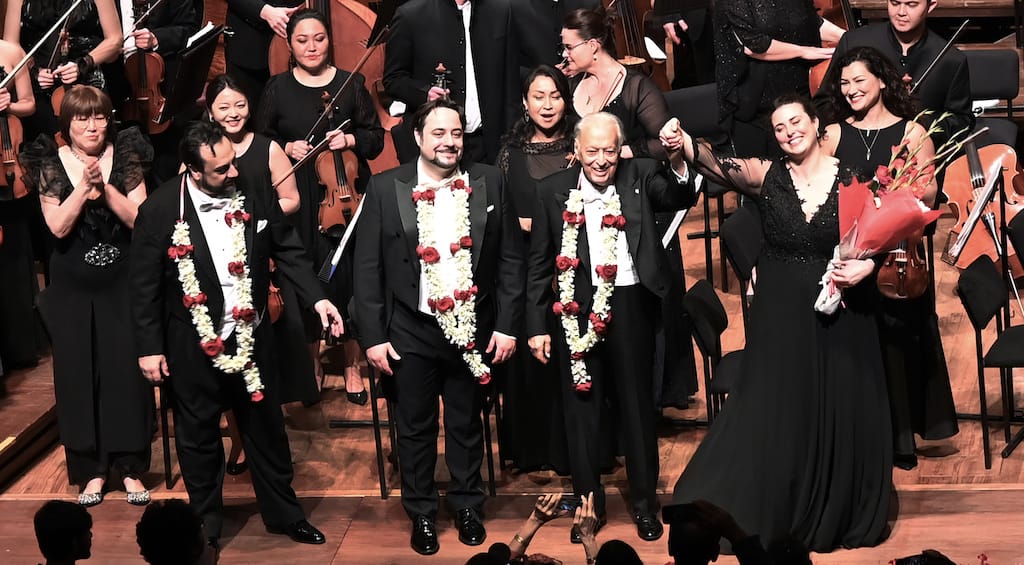
On 7th February 2025, the Jamshed Bhabha Theatre at the National Centre for the Performing Arts was graced by performances of two operatic masterpieces—Carmen by Georges Bizet and La Traviata by Giuseppe Verdi. These were presented as excerpts by the Symphony Orchestra of India under the legendary baton of Maestro Zubin Mehta. With a stellar international cast, a dynamic orchestra and vibrant choral contributions from Living Voices – Mumbai and The Singing Tree Choir, the evening promised and delivered an impressive operatic experience.
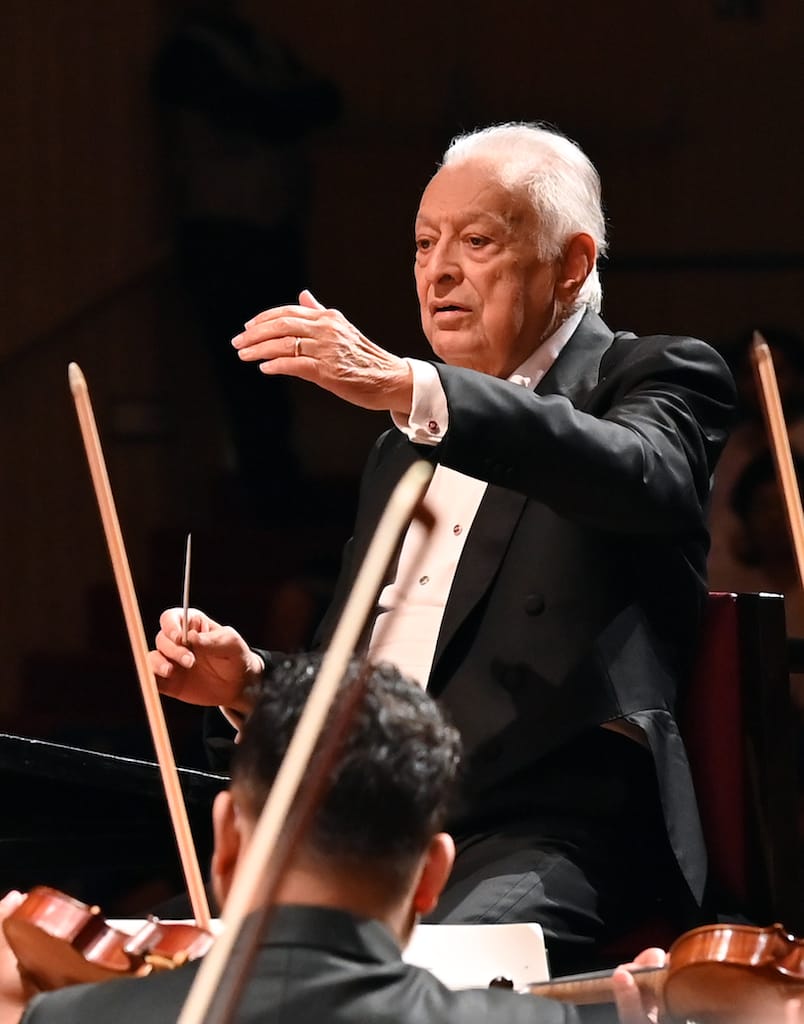
Excerpts from Carmen
The first half of the concert transported the audience to the sultry and dramatic world of Bizet’s Carmen, beginning with the famous Prelude to Act I. The SOI immediately captured the essence of Bizet’s score, with Mehta eliciting rhythmic vitality and warmth from the musicians. The brass and percussion sections shone brightly, painting a vivid musical portrait of the Spanish setting.
The ‘Marche et Choeur de Gamins’, featuring the youthful voices of The Singing Tree Choir of the Mehli Mehta Music Foundation, brought an element of playful exuberance to the performance. The choir, meticulously prepared by choral directors Rohini Basu and Khursheed Printer, sang with precision and infectious energy, matching the orchestra’s brightness.
Olesya Petrova made her first entrance with ‘Habanera’, her rich mezzo tones blending with the orchestra’s sweeping melodies. Supported by the excellent Living Voices – Mumbai choir, the performance was sensual and warm, setting the stage for the drama to unfold. The choir’s expressive singing added depth and texture, enhancing the sultry atmosphere of Bizet’s music.
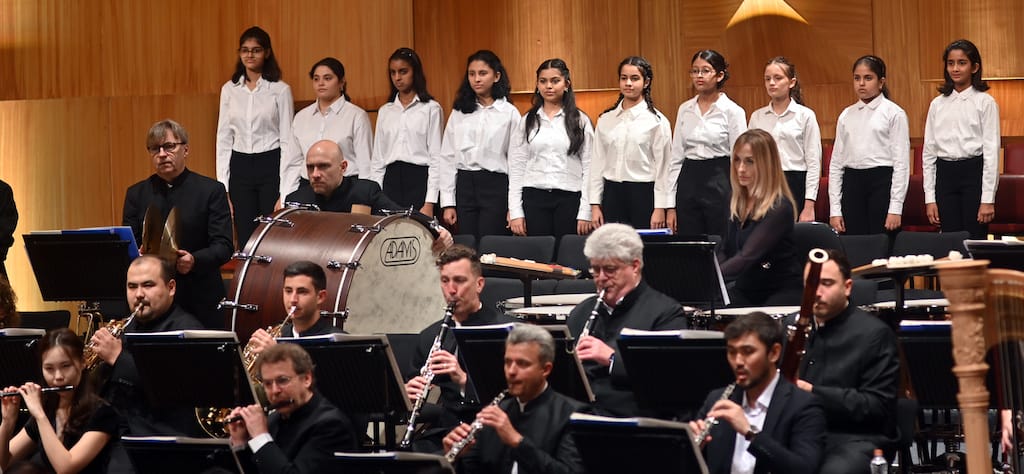
Roberta Mantegna’s performance of ‘Parlè-moi de ma mère!’ alongside Luciano Ganci was one of the evening’s delights. As Micaëla and Don José, their interaction brought a tender contrast to the evening’s more dramatic moments. Mantegna’s bright soprano was perfectly suited to Micaëla’s youthful devotion, and her crystalline upper register lent the duet an air of innocence and longing. Ganci’s bright Italianate tenor created a moving image of a young hero.
The renowned ‘Couplets et Toréador Marche’ allowed George Petean to shine as the charismatic Escamillo. Although the baritone was suffering from breathing difficulties caused by asthma, he made a valiant effort and improved considerably in the second half. The choral support added grandeur to the performance, enhancing the lively atmosphere with its rousing energy and articulation. Ganci’s romantic ‘La fleur que tu m’avais jetée’ was a poignant moment of vulnerability, with his lyrical tenor soaring through the hall.
The orchestra showed its brilliance in Act III, and the performance of the final duet between Petrova and Ganci marked the conclusion of the Carmen excerpts with fiery intensity, setting the stage ablaze with passion and despair.
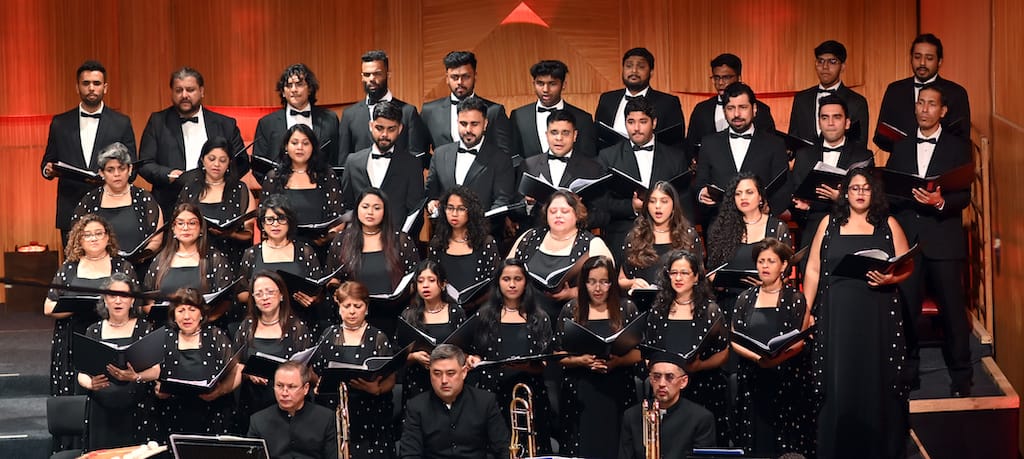
The choral contributions from Living Voices – Mumbai, under the direction of Blossom Mendonca, added significant depth to the first half of the programme. Their disciplined harmonies and vivid characterisation enhanced the choral numbers.
Excerpts from La Traviata
After the interval, the evening shifted to Verdi’s beloved La Traviata. The opening prelude immediately set a contrasting mood, with its sombre beauty and exquisite string playing establishing the gravitas of the piece. One of the most anticipated moments of the evening, the famous ‘Brindisi’ (‘Libiamo ne’ lieti calici’), was delivered with infectious joy, with Mantegna and Ganci leading the lively drinking song alongside the chorus. Their sparkling vocal interplay and the orchestra’s buoyant rhythms lifted the mood, momentarily transporting the audience into the exuberance of Violetta’s world before the tragedy unfolded.
Mantegna, as Violetta, captivated the audience. The exuberance and defiance of ‘Sempre libera’ were conveyed with thrilling high notes and remarkable coloratura agility, complemented by Ganci’s interjections from the wings.
Petean’s ‘Di Provenza il mar’ was another standout moment, his baritone imbuing Germont’s plea with heartfelt sincerity. The warmth of Petean’s timbre and his subtle phrasing elevated the aria, making it a highlight of the performance.
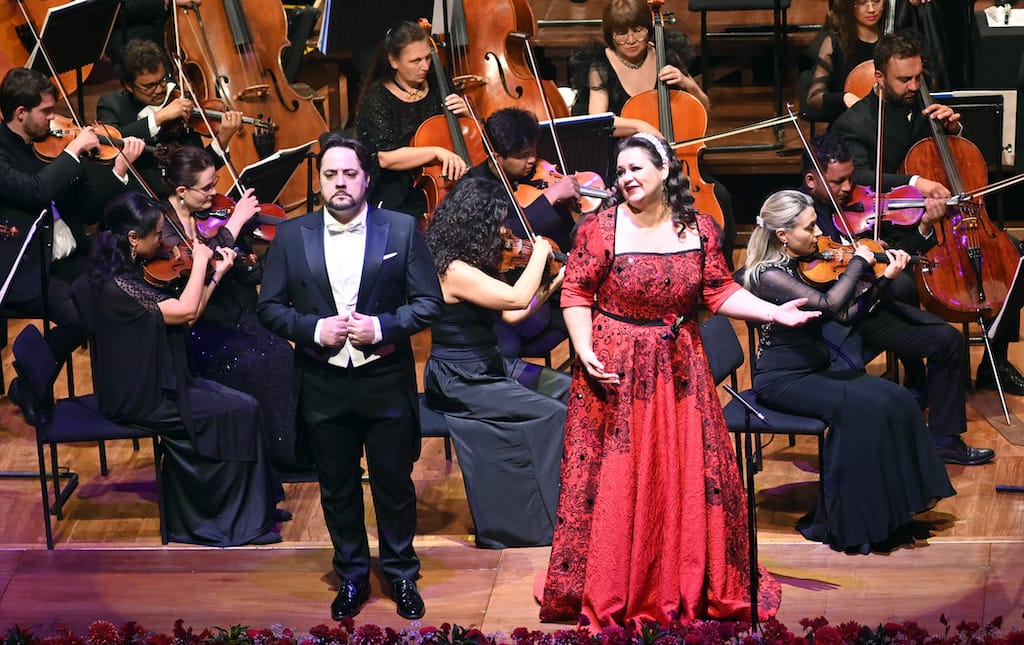
The orchestra delivered a polished accompaniment to the drama in Act II. The final scene depicting Violetta’s resignation to her fate with a fleeting bout of terminal lucidity was satisfactory but didn’t achieve the dramatic intensity that many singers of the past have conveyed. The final cry, ‘Alfredo, quanto mi tiamo’ did not have the intense cri de cœur (heart wrench) required of it. The orchestra provided sensitive accompaniment, with Mehta maintaining an ideal balance between singer and ensemble.
The finale, marked by Violetta’s tragic death, left the audience visibly moved. Here, Ganci, Mantegna and Petean were joined onstage by Rahel Shekatkar (Annina) and Firdause Wadia (the doctor), whose presence added to the dramatic weight of the conclusion.
While the evening was a triumph in its execution, the ambitious programme, featuring extended excerpts from two operas, made for a particularly long performance. A second interval might have provided the audience with a chance to better absorb the richness of both halves.
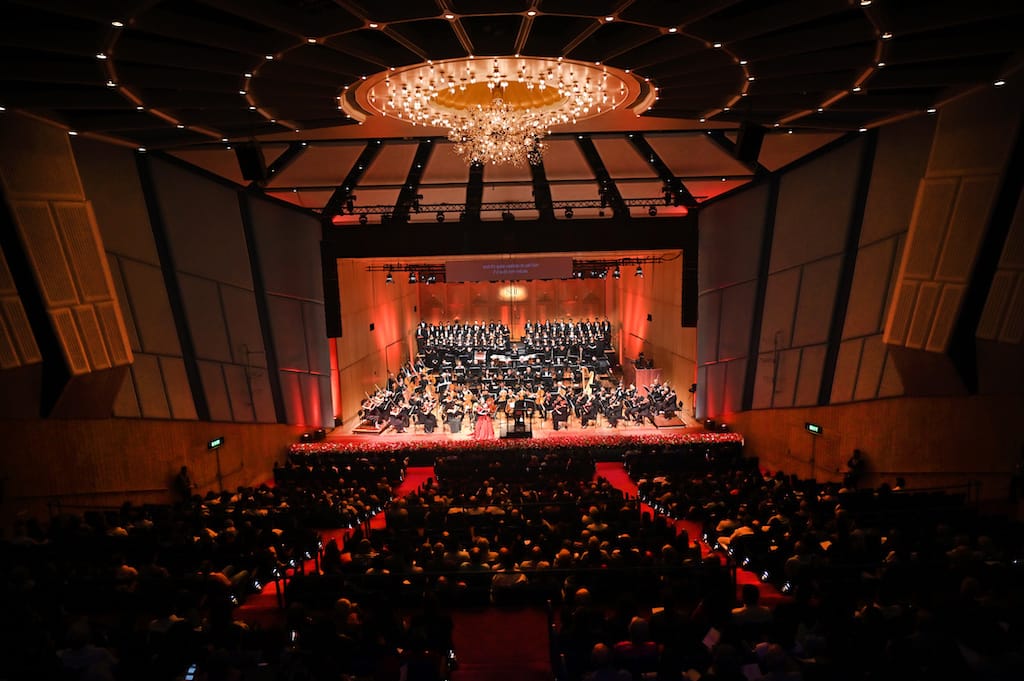
A unified vision
A key factor in the evening’s success was the synergy between the SOI and Zubin Mehta. Mehta’s decades of experience and innate understanding of the operatic repertoire were evident in every gesture, guiding the orchestra and soloists with clarity and purpose. The SOI responded to his leadership with impeccable playing, from the lush string passages to the spirited brass fanfares.
The international cast, carefully selected by casting director Anton Josef Gradsack, delivered world-class performances that elevated the evening, while supporting artistes like Shekatkar and Wadia provided fitting contributions.
Opera as an art form
Opera, often referred to as the ultimate art form, combines music, drama and visual spectacle to create a multidimensional experience unlike any other. The excerpts from Carmen and La Traviata at this performance served as an accessible entry point for those unfamiliar with opera, while also offering seasoned opera-goers a reminder of the enduring power of these works.
In Carmen, Bizet revolutionised opera by infusing it with realism, focusing on the everyday lives of his characters and their emotional complexities. The music, brimming with Spanish flair and rhythmic vitality, is rich with memorable arias and ensemble pieces that convey the fierce passions and inevitable tragedy of the story. This performance, though presented in excerpts, captured the opera’s emotional essence, from Carmen’s seductive allure to Don José’s obsessive desperation.
La Traviata, on the other hand, is a masterpiece of Romantic opera, highlighting Verdi’s gift for drama and melody. Based on Alexandre Dumas’s novel La Dame aux Camélias, it explores themes of love, sacrifice and societal hypocrisy. The central character, Violetta, one of the most demanding and rewarding operatic roles, requires a soprano who can navigate both technical brilliance and profound emotional depth.
Opera’s ability to connect with its listeners lies in its blend of music and narrative. The interplay of voice, orchestra and staging creates an immersive experience where music drives the emotional arc of the story. In both Carmen and La Traviata, the universal themes of love, jealousy and mortality remain as compelling today as they were when these works premiered. This timeless appeal was evident in the audience’s rapt attention, with even those new to opera visibly moved by the performances.
This piece was originally published by the National Centre for the Performing Arts, Mumbai, in the April 2025 issue of ON Stage – their monthly arts magazine.


